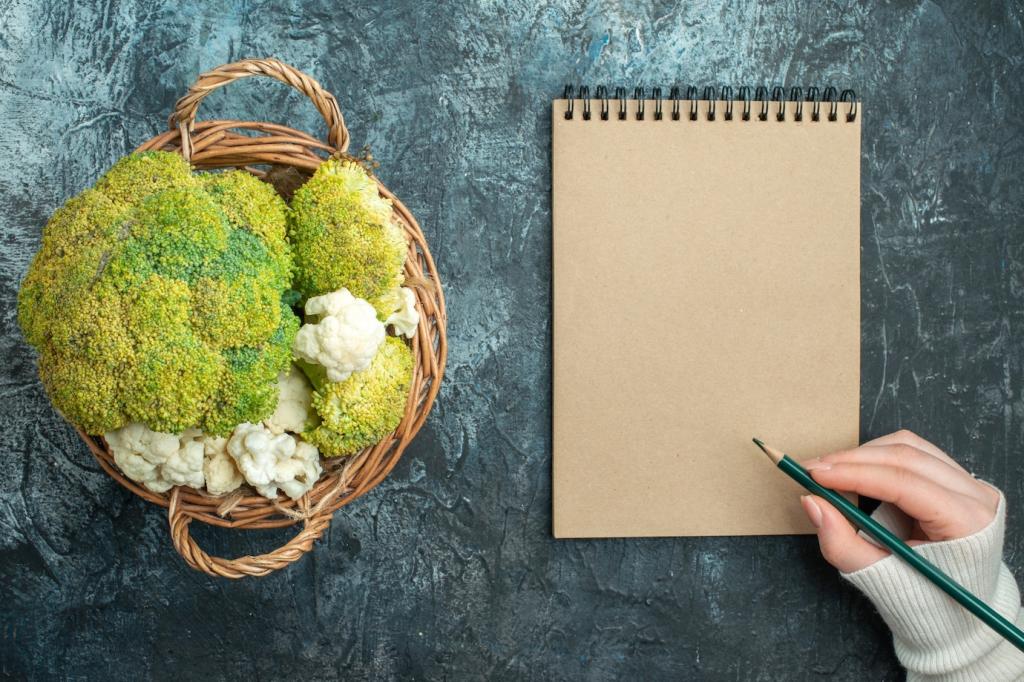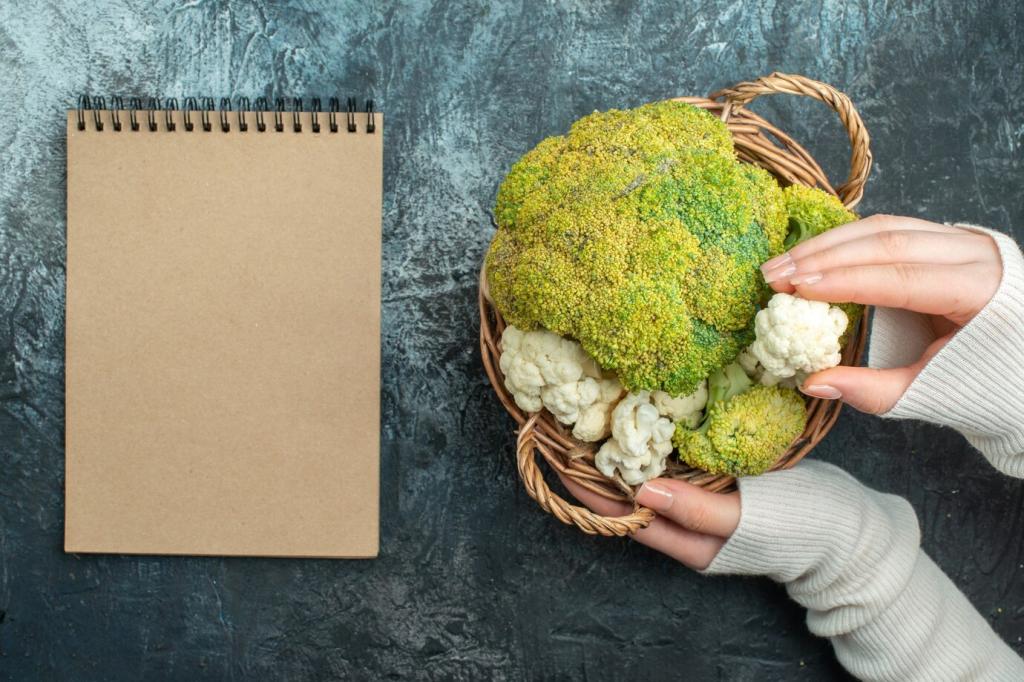Protective Finishes with a Light Footprint
A thin coat of a beeswax–carnauba blend revives luster and adds a breathable barrier. Apply sparingly with a soft cloth, wait ten minutes, and buff gently. Too much wax attracts dust. Reapply seasonally, not weekly, to avoid buildup that can cloud details and gum up joins.
Protective Finishes with a Light Footprint
Pure tung oil cures tough and water-resistant; polymerized linseed dries faster than raw. Apply in ultra-thin coats, wiping off excess to prevent stickiness. For kitchen pieces, consider food-safe finishes like mineral oil and beeswax. Always allow proper curing time to protect both air quality and surfaces.




